
When was the last time you tried a fruit that truly surprised you? I’m not talking about mangoes or pineapples – delicious as they are, they’ve already become mainstream. I mean those tropical fruits that you rarely see in your local supermarket but instantly spark curiosity.
In my food adventures, I’ve discovered some lesser-known gems – fruits with fascinating flavors, creamy textures, and even surprising health benefits.
And today, I want to share a few of my favorites, along with tips on where to find them and how to enjoy them in your kitchen!
Why Exotic Fruits Deserve a Spot on Your Plate
Exotic fruits are more than just novelty items. They bring variety to your diet, often pack a nutritional punch, and inspire you to think differently about organic foods not artificially made in a Hershey’s factory.
For instance, some tropical fruits contain antioxidants or unique compounds and nutrients you won’t find in everyday apples and bananas.
And honestly, there’s just something fun about biting into something unusual and thinking: “Why don’t more people know about this?!”
My Top Exotic Fruits You Should Try
These are a few fruits that truly caught my attention; they’re incredibly tasty, unusual, and absolutely deserving of your attention.
Star Apple (Chrysophyllum Cainito)
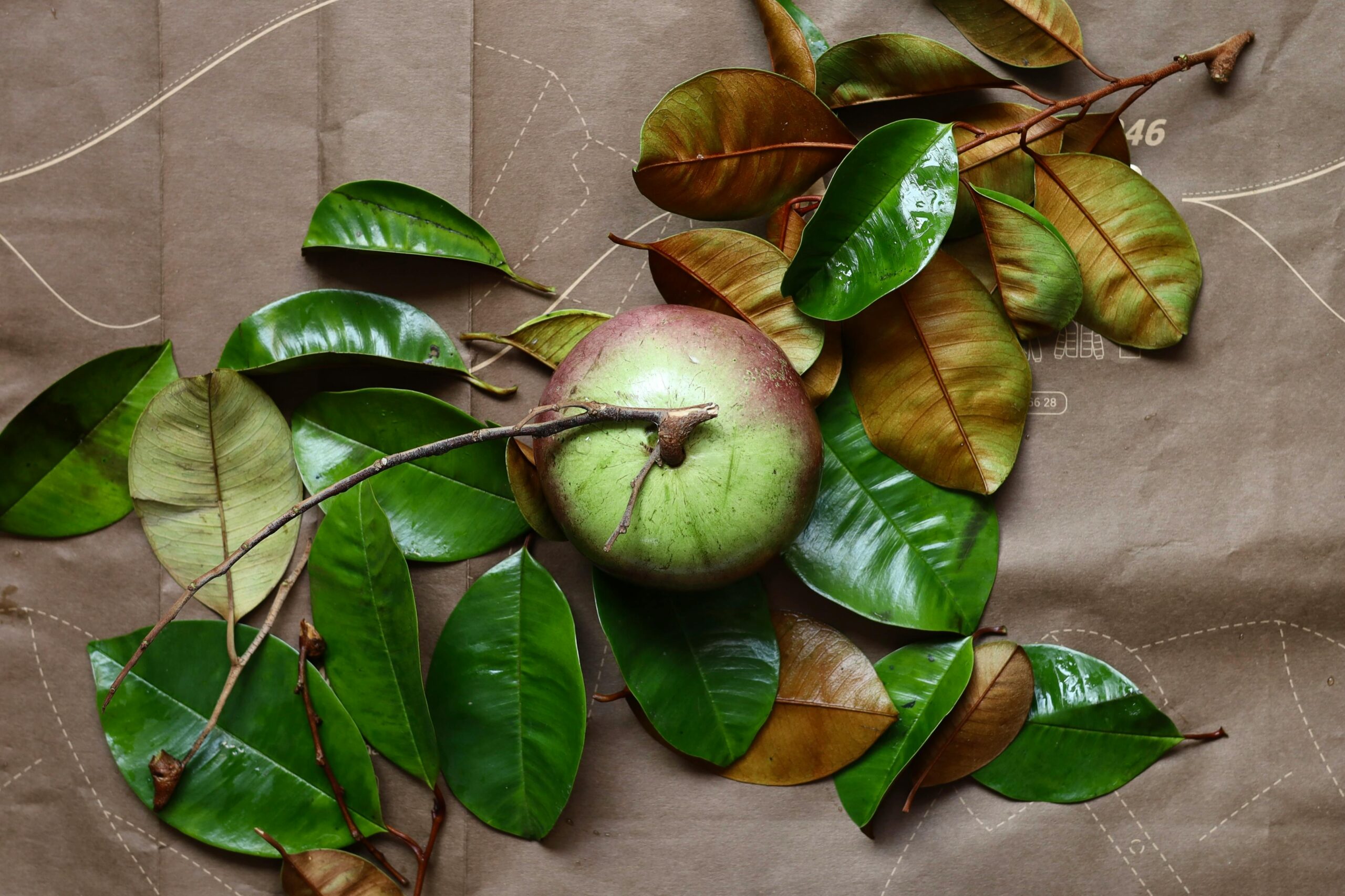
The star apple gets its name from the star-shaped pattern that appears when you cut open its smooth purple or green skin. The interior is smooth, slightly sweet, and frequently likened to a hybrid of custard and pear.
It is best consumed chilled, freshly sliced, and spooned. By itself, it’s a cool dessert!
Rambutan
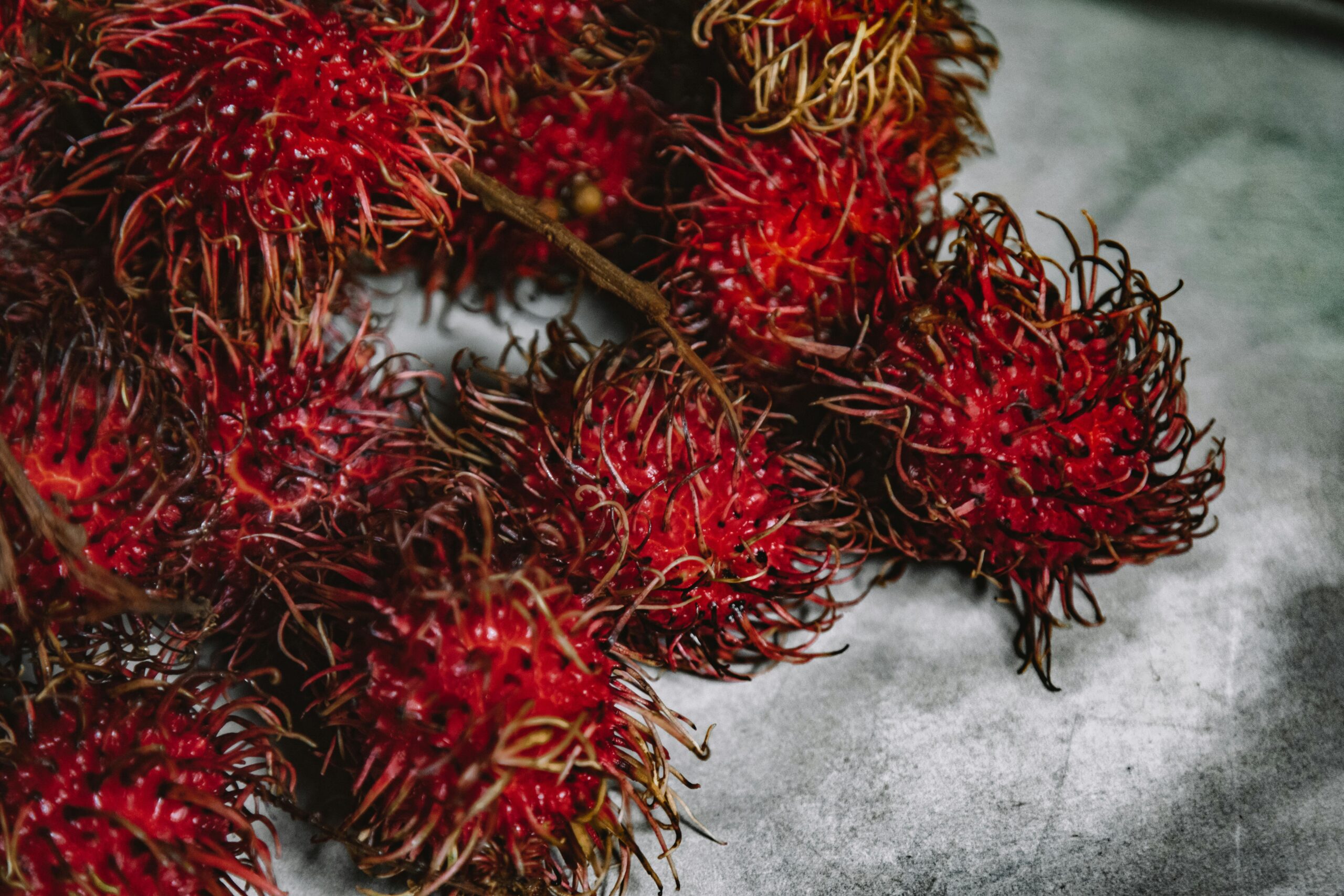
You’ll definitely remember rambutans if you’ve ever seen one. It has spiky red skin and looks like a hairy lychee.
A juicy, translucent fruit with a tangy and sweet taste is revealed when you peel it open. Rambutan is a tiny but powerful nutrient boost, because it’s high in both iron and vitamin C.
Raw and fresh is the best way to consume it. If you’re craving something flavorful but light, this is the ideal snack!
Lucuma
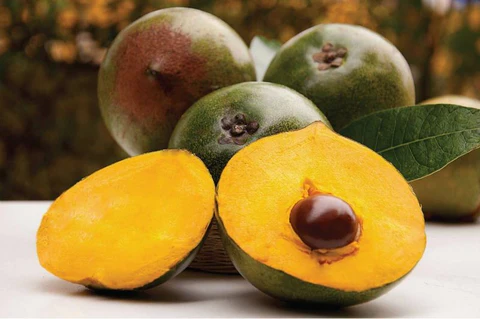
Known as the “Gold of the Incas,” lucuma is a golden-yellow fruit that is indigenous to Peru. It has a distinctively sweet, nearly maple-like flavor, but a dry, starchy texture.
In addition to having a natural, caramel-like sweetness without the use of refined sugar, lucuma is rich in fiber and antioxidants.
The best way to consume it is in desserts, ice creams, or smoothies. Actually, one of the most well-liked flavors in Peru is lucuma ice cream (and it’s definitely on my bucket list).
Salak (Snake Fruit)
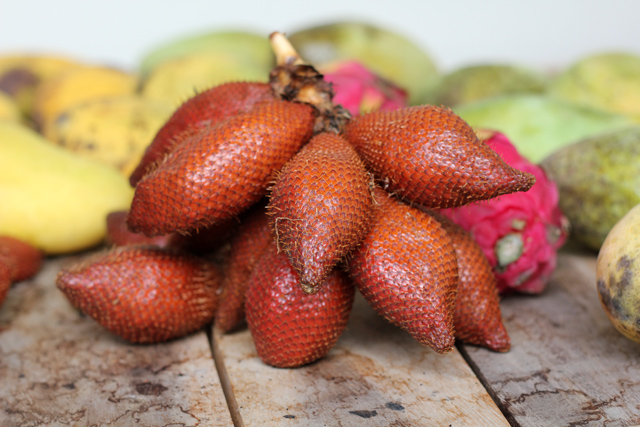
Salak has a reddish-brown and scaly skin that gives it the nickname “snake fruit,” but don’t let that fool you – the inside is crunchy, sweet, and tangy – almost like a cross between an apple and a pineapple.
Snake fruit is delicious and nourishing because it is high in beta-carotene, fiber, and antioxidants.
The best way to eat it is to carefully peel the fruit, remove the cloves, and eat it fresh. It is also pickled or used as a snack in Indonesia.
Mangosteen
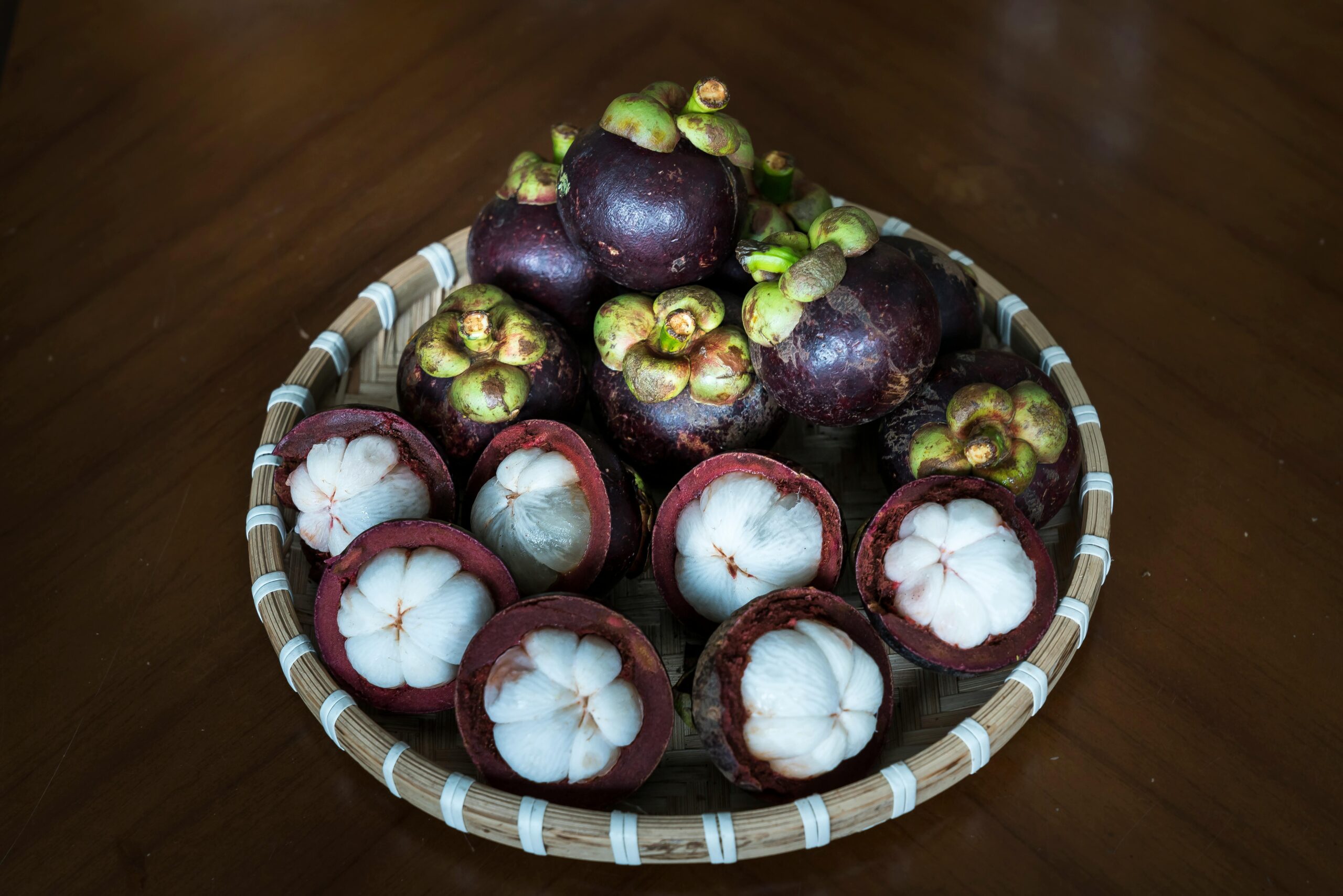
Mangosteen, sometimes referred to as the “Queen of Fruits,” has white, juicy segments inside its thick purple rind.
Often likened to a combination of peach, pineapple, and strawberry, the flavor strikes the ideal balance between sweetness and tartness.
Beyond just being delicious, mangosteen has long been valued in traditional medicine due to its abundance of xanthones, which are potent plant compounds associated with a number of health advantages.
The best way to consume it is to just crack open the rind and savor the fresh, juicy pulp. It also looks great in desserts and juices.
How to Discover More Unusual Fruits
You don’t need a plane ticket to Asia or South America for a chance to try these delicious fruits. You can find them closer to home with just a little ingenuity.
Surprising finds are often found in local ethnic markets, particularly those that sell Vietnamese, Thai, or Latin American groceries.
As a foodie, I of course also enjoy reading food blogs where daring chefs share fruits I’ve never heard of. And sometimes, I turn to YouTube market tours from faraway places like Cambodia or Indonesia for inspiration.
To access those videos and see how the locals actually use the fruits, I’ll connect through a Firestick VPN and then choose a server in places like Chile, Thailand or Sri Lanka.
It feels almost like wandering those bustling fruit markets myself, discovering new flavors I can later try to source at home!
How to Cook With Exotic Fruits
Tropical fruit experimentation doesn’t have to be difficult. Use them in ways that feel natural and start small.
- Smoothies: You can add a tropical twist to your morning smoothie without adding extra sugar by adding rambutan or star apple. Another excellent natural sweetener is lucuma powder.
- Desserts: You can quickly up your dessert game with rambutan sorbets, lucuma ice cream, or even a straightforward fruit salad with star apple.
- In savory recipes: The sweet-tart notes of mangosteen can balance spicy curries or be used as a sauce base for grilled meats, while tropical fruits like rambutan pair well with seafood dishes. You can even try the famous jackfruit curry of Sri Lanka.
Why Exploring Exotic Fruits Matters
Discovering rare produce is about more than taste – it’s about reconnecting with the diversity of what nature offers. Many of these fruits have deep cultural significance in the regions they come from.
By trying them, you’re not just enjoying food – you’re experiencing a small piece of another culture’s history and tradition.
And who knows? Your next favorite snack might just be something you’ve never even heard of until now.